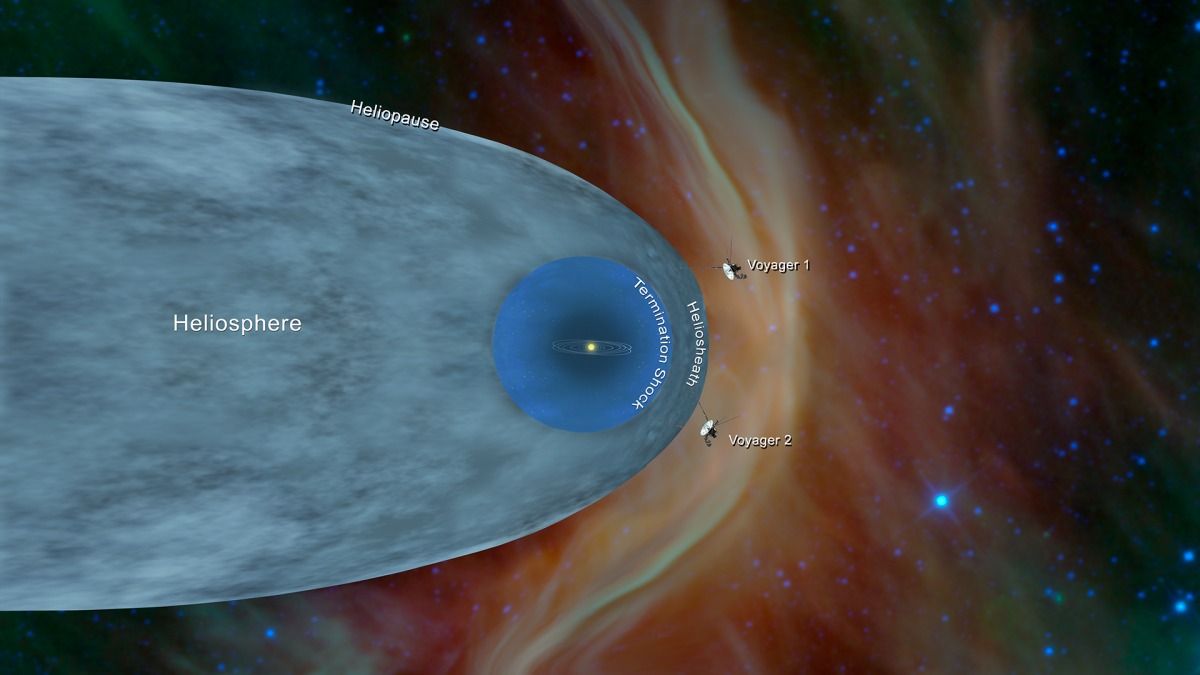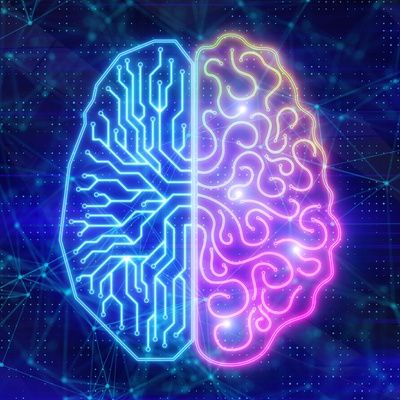We thought we knew everything about carbon. We were wrong.



The past few years have brought lots of good news for anyone who considers coffee a vice. Scientists have discovered that various compounds in coffee can help fight a number of diseases including Alzheimer’s, and now a new study is putting even more weight behind the notion that coffee is very good for you.
The work, which was published in Proceedings of the National Academy of Sciences, suggests that not only does coffee battle Parkinson’s but also another incurable brain disease called Lewy body dementia. Conducted by scientists at Rutgers, the study points to the combined effects of caffeine and a fatty acid present in coffee called EHT as potentially playing key roles in disease fighting.

Advancement in technology will continue to impact the way we work, eat, and even take care of ourselves. A new report from Scientific American takes a look at some of the top emerging technologies that range from the field of biology to computer science. The publication’s chief science editor Seth Fletcher talked to Cheddar about what’s next when it comes to tech.
WATCH NEXT
After building AlphaGo to beat the world’s best Go players, Google DeepMind built AlphaZero to take on the world’s best machine players.

The results promise to shed light on this and, in the long run, help us better predict how and when Earth’s magnetic shield can suddenly become porous to let outside particles in. Details: https://go.nasa.gov/2G8lTeX&h=AT0CScAabrNYUB0DKGANhglZ-EihhF…51Yf7jUjKw

It’s pretty cool how NASA knows the spacecraft is in interstellar space.
It’s only the second object made by humans to ever reach this distance, following Voyager 1 in 2012.
The long journey: Since launching more than 40 years ago back in 1977, the probe has traveled 11 billion miles to get to cross into interstellar space. While it launched before Voyager 1, its flight path put Voyager 2 on a slower path to reach this milestone.
What does that mean? No, Voyager 2 hasn’t left the solar system. Our solar system is huge and goes way beyond its last planet. Instead, it means Voyager 2 has left the heliosphere, the pocket of particles and magnetic fields created by our closest star. Solar wind, the charged plasma particles that come out from the sun, generates this bubble.
We’ve discovered water on the asteroid Bennu! Our OSIRIS-REx mission has revealed water locked inside the clays that make up Bennu.
Recently analyzed data from NASA’s Origins, Spectral Interpretation, Resource Identification, Security-Regolith Explorer (OSIRIS-REx) mission has revealed water locked inside the clays that make up its scientific target, the asteroid Bennu.
During the mission’s approach phase, between mid-August and early December, the spacecraft traveled 1.4 million miles (2.2 million km) on its journey from Earth to arrive at a location 12 miles (19 km) from Bennu on Dec. 3. During this time, the science team on Earth aimed three of the spacecraft’s instruments towards Bennu and began making the mission’s first scientific observations of the asteroid. OSIRIS-REx is NASA’s first asteroid sample return mission.
Data obtained from the spacecraft’s two spectrometers, the OSIRIS-REx Visible and Infrared Spectrometer (OVIRS) and the OSIRIS-REx Thermal Emission Spectrometer (OTES), reveal the presence of molecules that contain oxygen and hydrogen atoms bonded together, known as “hydroxyls.” The team suspects that these hydroxyl groups exist globally across the asteroid in water-bearing clay minerals, meaning that at some point, Bennu’s rocky material interacted with water. While Bennu itself is too small to have ever hosted liquid water, the finding does indicate that liquid water was present at some time on Bennu’s parent body, a much larger asteroid.

Facial recognition technology is being tested by businesses and governments for everything from policing to employee timesheets. Even more granular results are on their way, promise the companies behind the technology: Automatic emotion recognition could soon help robots understand humans better, or detect road rage in car drivers.
But experts are warning that the facial-recognition algorithms that attempt to interpret facial expressions could be based on uncertain science. The claims are a part of AI Now Institute’s annual report, a nonprofit that studies the impact of AI on society. The report also includes recommendations for the regulation of AI and greater transparency in the industry.
“The problem is now AI is being applied in a lot of social contexts. Anthropology, psychology, and philosophy are all incredibly relevant, but this is not the training of people who come from a technical [computer science] background.” says Kate Crawford, co-founder of AI Now, distinguished research professor at NYU and principal researcher at Microsoft Research. “Essentially the narrowing of AI has produced a kind of guileless acceptance of particular strands of psychological literature that have been shown to be suspect.”

TMAO (trimethylamine N-oxide) — a gut bacteria byproduct formed during digestion—can lead to the development of cardiovascular disease, including heart attacks and strokes. TMAO is produced when gut bacteria digest choline, lecithin and carnitine, nutrients that are abundant in animal products such as red meat and liver and other animal products.
In concurrent studies, Cleveland Clinic researchers have uncovered new mechanisms that demonstrate why and how regularly eating red meat can increase the risk of heart disease, and the role gut bacteria play in that process.
The research, led by Stanley Hazen, M.D., Ph.D., builds upon previous work showing TMAO (trimethylamine N-oxide) — a gut bacteria byproduct formed during digestion—can lead to the development of cardiovascular disease, including heart attacks and strokes. TMAO is produced when gut bacteria digest choline, lecithin and carnitine, nutrients that are abundant in animal products such as red meat and liver and other animal products.
In a new dietary intervention study published today in the European Heart Journal, the researchers found that a diet rich in red meat as the primary protein source significantly increases circulating TMAO levels, compared to diets with white meat or non-meat as protein sources. The study showed chronic red meat consumption enhanced the production of TMAO by gut microbes and reduced the kidneys’ efficiency of expelling it. Both enhanced production and reduced elimination caused by a red meat diet contribute to elevation in TMAO levels, which has been linked to the development of atherosclerosis and heart disease complications.
A human-made object has entered the space between the stars for the second time in history, scientists report.
NASA will announce the details live at a press conference today at 11 a.m. ET, at the meeting of the American Geophysical Union (AGU) in Washington. You can watch the press conference live here.